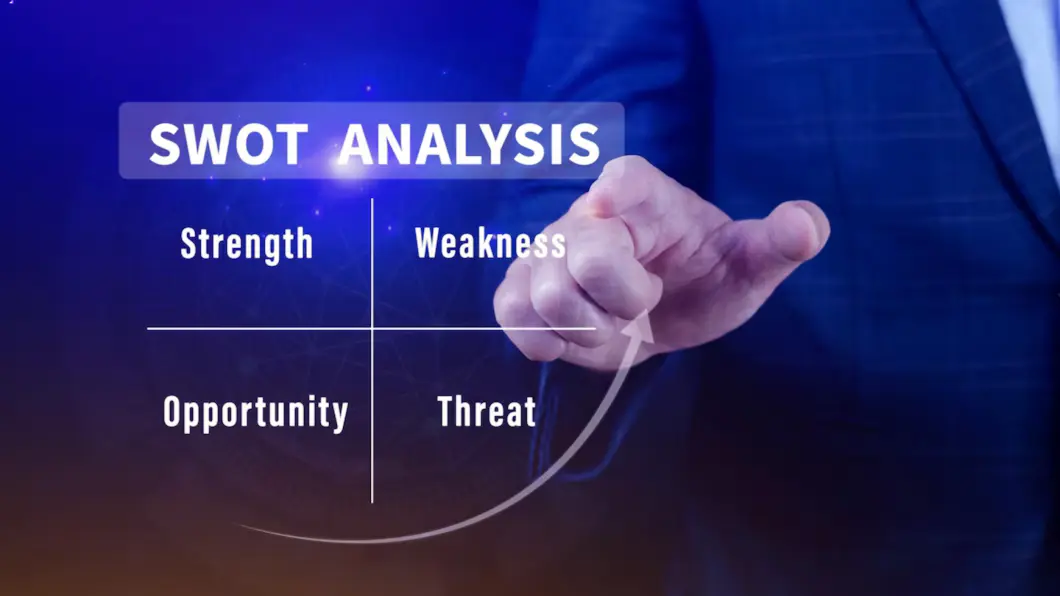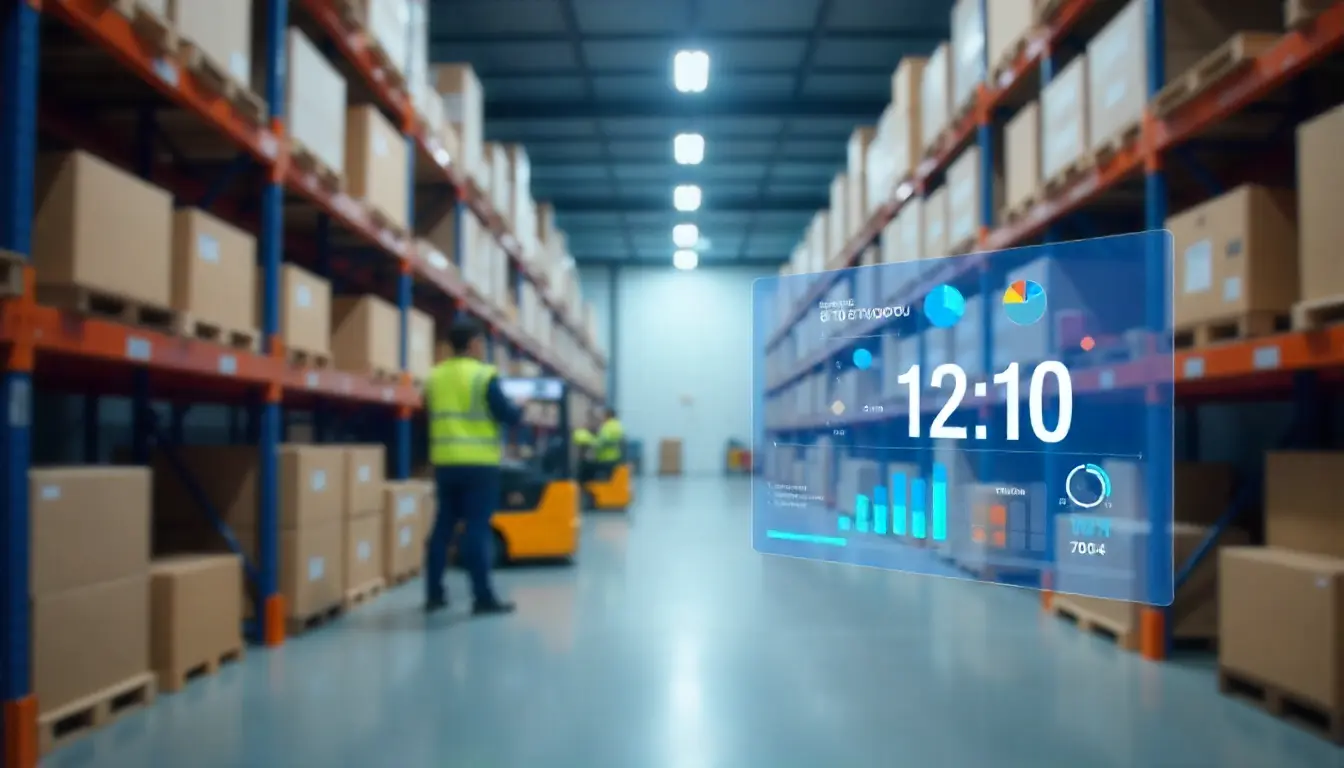What is ERP Software for Leather Industry?
ERP software for leather industry is a business software that automates different phases of the leather manufacturing process, and facilitates multi-level BOM, comprehensive quality check, predictive analytics, and other industry-specific features.
ERP software is increasingly used in the leather industry to transform the core business operations. It comes with multiple sets of modules that assist with different business functions and provide critical business insights to deal with changing market conditions.
Challenges Faced by India’s Leather Industry
1. Changing Fashion Trends
Keeping an eye on changing trends and fashions requires deep market research. Leather businesses have to adapt to the changing customer preferences and fine-tune their strategies from time to time.
2. Environmental Impact
Leather manufacturers have to comply with local regulatory standards. These regulations are typically complex and ever-changing, requiring businesses to invest a significant amount of time and capital in tracking ever-changing compliance requirements and ensuring they meet those standards.
3. Manufacturing Precision
Maintaining precision throughout the manufacturing process is another challenge faced by the Indian leather industry. For example, the size & design of the shoes, intricate cutting for complex design. Investment in advanced technological solutions is required to ensure precision throughout the entire process.
4. Technological Gap
Many small and medium-sized leather industries can’t afford advanced technological solutions (such as ERP for Leather Industry) that are otherwise accessible to large enterprises. They lack a sufficient capital base, resources (both human and assets), and expertise to adopt those technologies.
Core Modules of ERP Software for Leather Industry
1. Raw Material Management
Manage a comprehensive list of your suppliers, check the availability of the raw materials, and generate automated Purchase Orders (POs) using ERP software for the leather industry. Gain extensive reporting to manage your procurement lifecycle, reduce costs, and forecast the need for new materials.
2. Production Management
Get a holistic view of your production process, monitor every aspect of it, and pre-plan the production activity to deliver products on time. Reduce production costs, minimize inefficiencies, and align your production strategies to changing market dynamics with a manufacturing ERP.
3. Inventory Management
Automate inventory tracking, planning, and replenishment activities with the comprehensive inventory management system. Oversee your company’s inventory through a unified platform to ensure timely order fulfillment and maximum customer satisfaction. Prevent over-stocking & under-stocking, accurately forecast your sales, and align your inventory to your changing requirements.
4. Quality Control
Produce high-quality & exceptional products that meet industry standards. Get non-conformance reports to identify defects and quality deviations even before your product reaches the customer. It is an important module that aims to address product deviations on an early stage, reduce the number of returns & refunds, lower replacement costs, and prevent damage to the company’s reputation.
5. Supply Chain Management
Even minor disruptions in the supply chain process can cost substantial delays, increased costs, and loss of opportunities. Automate your workflow, achieve greater efficiency in the supply chain operations, and ensure the timely delivery of your products to the final consumer with the supply chain management software. Collaborate seamlessly with your partners, eliminate bottlenecks, and deliver your products at lower costs.
Benefits of ERP Software for Leather Industry
1. Actionable Insights
Get real-time actionable insights across diverse business functions. Track your performance with the benchmarks using Key Performance Indicators (KPIs). Make better decisions, improve your forecasting accuracy, and gain a competitive advantage.
2. Exceptional Customer Service
Process orders faster, provide personalized customer support, and build & maintain strong customer relationships. The CRM system plays an important role in helping you improve your customer retention and find new cross-sales revenue opportunities.
3. Cost Control
One of the major benefits of implementing an Enterprise Resource Planning system for the leather industry is that it paves the way for diverse cost control strategies, greater financial control, and profit maximization. Businesses can track their costs, identify areas for cost control, and alleviate their financial burden.
4. Supports Business Growth
Leather ERP software is flexible and scalable in nature. As your business grows in size, it accommodates the new users and data, without causing performance sluggishness or disk space issues. ERP’s ability to adapt to the growing business needs helps businesses adapt to changing market needs without worrying about technicalities.
5. Streamlined Compliance
Compliance is a critical factor for the leather industry. ERP for leather industry reduces compliance complexities and ensures you adhere to the latest industry standards. Say goodbye to human errors, missed deadlines, legal & financial penalties.
Unlock the Potential of Your Leather Business with Sage X3
The leather industry in India is very complex. It requires utmost planning and precision across different activities to keep costs under control and deliver high-quality products. Sage X3 helps leather businesses in India enhance their accuracy, maximize efficiency, and capture new opportunities.
Sage X3 comes with a diverse set of modules to meet the complex & ever-changing needs of leather businesses. It provides industry-tailored features to automate raw material procurement, maintain quality standards, preplan production activities, and optimize the sales flow. Transform your business operations, minimize waste, meet dynamic market demands, and achieve operational excellence.
Frequently Asked Questions
1. What are the features of the Leather ERP Software?
Here are the key features of Leather ERP Software:
- BOM Generation: Automated generation of Bill of Materials (BOMs). Eliminates the need for spreadsheets.
- Order Management: Comprehensive order management functionality. Manage customer returns & refunds, fulfil orders quickly, and improve accuracy.
- MRP: Optimize your procurement costs and achieve better coordination with Material Requirements Planning (MRP) and analysis
- Planning & Reporting: Real-time planning & multi-dimensional reporting. Get deeper insights to visualize large & complex datasets easily.
- Quality Control: Consistently deliver high-quality products and maintain end-to-end regulatory compliance
2. What are the popular examples of Leather ERP software?
Here are the popular examples of ERP software for leather industry:
- Sage X3: Sage X3 is the top-notch ERP for leather industry that offers cutting-edge technology, robust integration with legacy tools, and extensive customizability.
- Microsoft Dynamics 365: Manage your complex business needs, enhance operational efficiency, and meet your unique business challenges.
- Odoo: Optimize your business functions, integrate with eCommerce & CRM, and reduce business costs.
- Expand smERP: Track goods in real-time, mitigate supply chain challenges, enhance collaboration, and perform extensive demand forecasting.
- TechCloud: Improve your production efficiency, reduce waste, enhance quality compliance, and lower your procurement costs with a dedicated tool.
3. Why is there a need for ERP software for leather Industry?
Leather companies require an ERP software to:
- Keep track of their inventory and ensure they never run out of stock
- Manage the inflow of raw material and keep a comprehensive database of vendors
- Streamline the generation of Purchase Order, Sales Order, Production Order, and Stock Transfer Order
- Identify, analyze, and evaluate potential risks and build effective risk mitigation strategies
- Automatically generate financial reports, enhance financial transparency, and improve audit-readiness.







